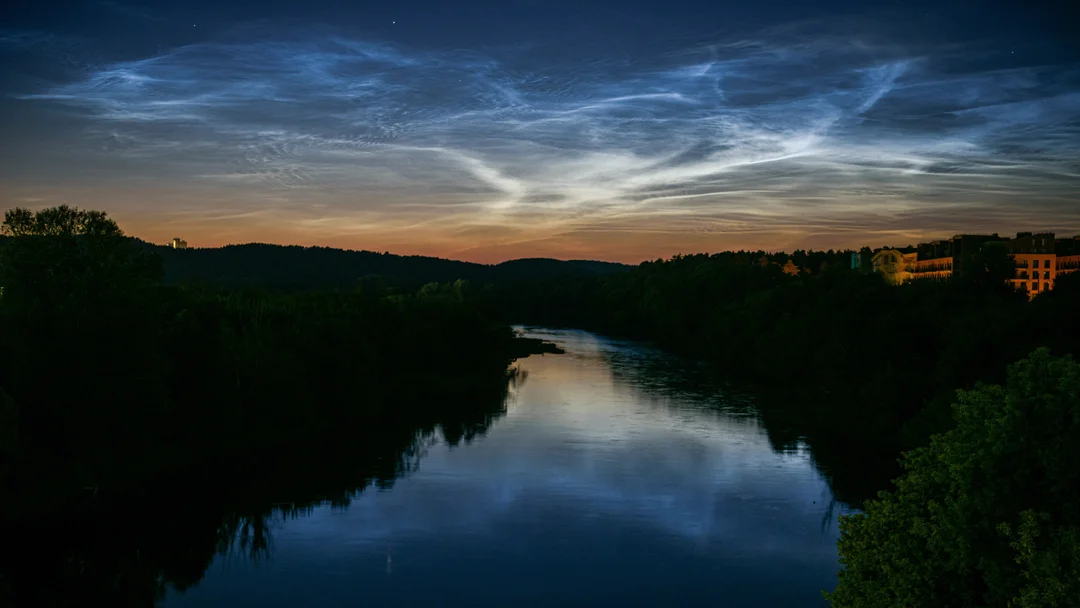
Ghostly Blue: ‘Night-Shining’ Clouds Return, Offering Rare Sky Spectacle
The ethereal glow of noctilucent clouds, also known as "night-shining" clouds, is gracing Earth's skies once again, marking the start of the 2025 viewing season. These shimmering blue formations are a rare and delicate phenomenon, captivating skywatchers with their ghostly appearance.
Visible shortly after sunset or before sunrise, these clouds create a striking contrast against the darkening horizon. This year, experts are noting their appearance, urging sky enthusiasts to keep an eye out for these celestial wonders.
When and Where to Spot These Luminous Clouds
The window for spotting noctilucent clouds is brief, typically from late May through mid-August, with June and July being the peak season. The best time to view them is 90 to 120 minutes after sunset or before sunrise, particularly in higher latitudes of the Northern Hemisphere, between 45 and 80 degrees north. This includes regions like North Dakota, Montana, and Washington in the United States, as well as much of Northern Europe.
Unlike regular clouds, noctilucent clouds form approximately 50 miles (80 kilometers) above Earth's surface in the mesosphere, a layer where temperatures can plummet and water vapor is scarce. Their remarkable glow is the result of sunlight reflecting off high-altitude ice particles after the sun has set or before it rises.
The Birth of Noctilucent Clouds
According to EarthSky.com, the formation process begins as warm, moist air rises into the upper atmosphere during the summer months. As this air ascends, it cools and expands, reaching temperatures cold enough for ice crystals to form around tiny dust particles lingering at high altitudes. These dust particles can originate from various sources, including micrometeorites, volcanic activity, pollution, or even rocket launches.

In recent years, noctilucent clouds have been observed at lower latitudes, a phenomenon that scientists believe may be linked to climate change or the increasing frequency of space launches. This observation raises interesting questions about the long-term impacts of human activity on the upper atmosphere.
Adding to the captivating nature of these clouds is their high albedo, reflecting a significant portion of sunlight. This, combined with their altitude, gives them a ghostly brightness, making them a mesmerizing sight for skywatchers. Unlike typical clouds that obscure the stars, noctilucent clouds enhance the night sky with their spectral light.

Interestingly, noctilucent clouds weren't documented until 1885, following the eruption of Krakatoa in 1883. The volcanic event injected massive amounts of ash into the atmosphere, potentially contributing to their formation. NASA's Aeronomy of Ice in the Mesosphere (AIM) mission has been studying these clouds since 2007.
Have you spotted these elusive 'night-shining' clouds? Share your photos and observations in the comments below! What theories do you have about their formation and increasing visibility?